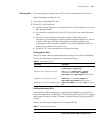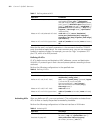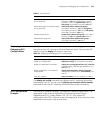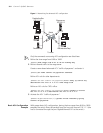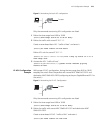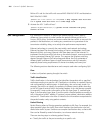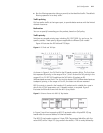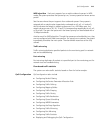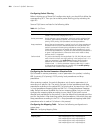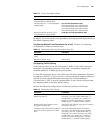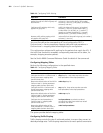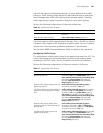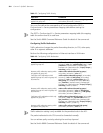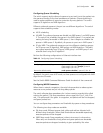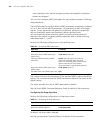QoS Configuration 219
WRR algorithm Each port supports four or eight outbound queues. In WRR
mode, the system processes the queues by turn, so every queue can have a service
period.
See the case where the port supports four outbound queues. Every queue is
assigned with a weight value (respectively numbered as w3, w2, w1 and w0),
which indicates the weight in obtaining resources. For a 100 Mbps port, the
weight values are set as 50, 30, 10 and 10 (corresponding respectively to w3, w2,
w1 and w0). The even the queue with the lowest priority can be allocated with a
10 Mbps bandwidth.
Another merit for WRR algorithm: Though the queues are scheduled by turn, they
are not configured with fixed time quantum. If a queue has no packets, the system
immediately schedules the next queue. Then bandwidth resources can be fully
utilized.
Traffic mirroring
Traffic mirroring duplicates specified packets to the monitoring port for network
test and troubleshooting.
Port mirroring
Port mirroring duplicates all packets at a specified port to the monitoring port for
network test and troubleshooting.
Flow-based traffic statistics
The system can make traffic statistics based on flow for further analysis.
QoS Configuration QoS configuration tasks include
■ Configuring Packet Filtering
■ Configuring the Service Parameter Allocation Rule
■ Configuring Traffic Policing
■ Configuring Mapping Tables
■ Configuring Traffic Shaping
■ Configuring Traffic Priority
■ Configuring Traffic Redirection
■ Configuring Queue Scheduling
■ Configuring WRED Parameters
■ Configuring the Drop Algorithm
■ Configuring Traffic Mirroring
■ Configuring Port Mirroring
■ Configuring Traffic Statistics
■ Displaying and Debugging the QoS Configuration



